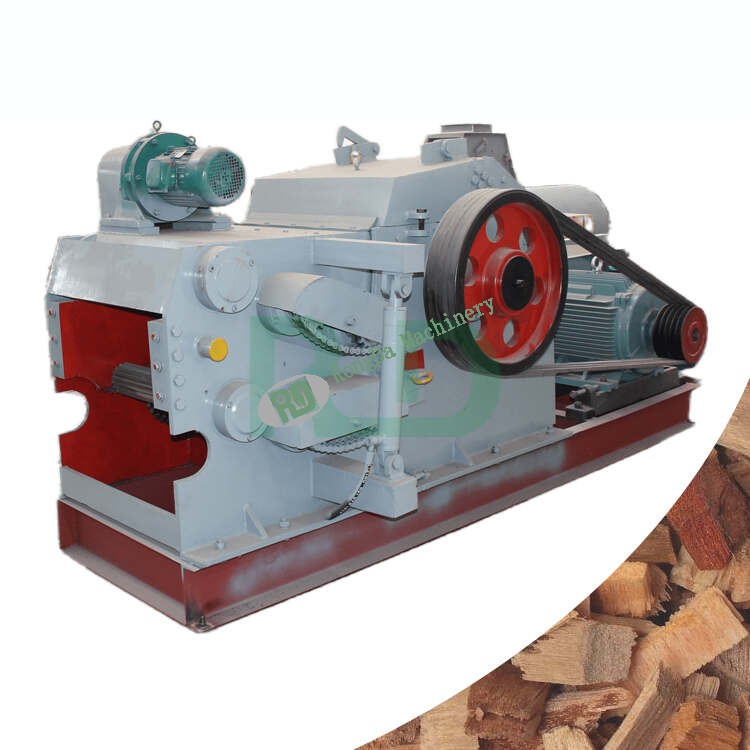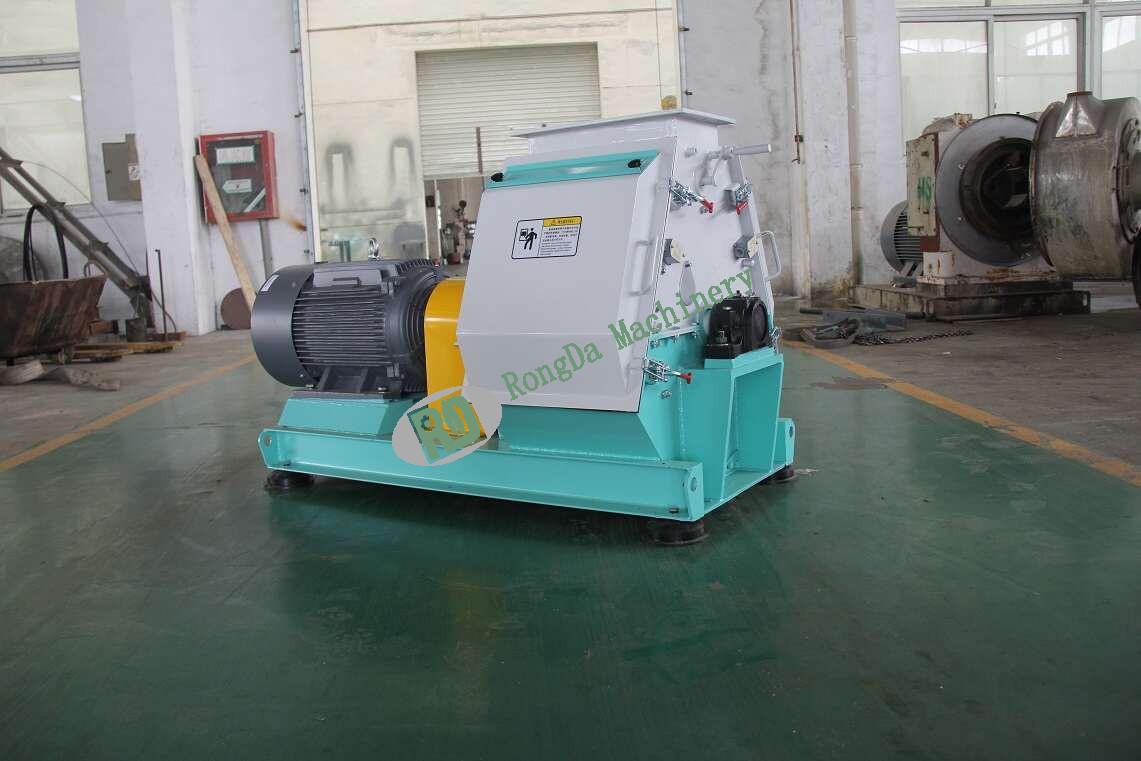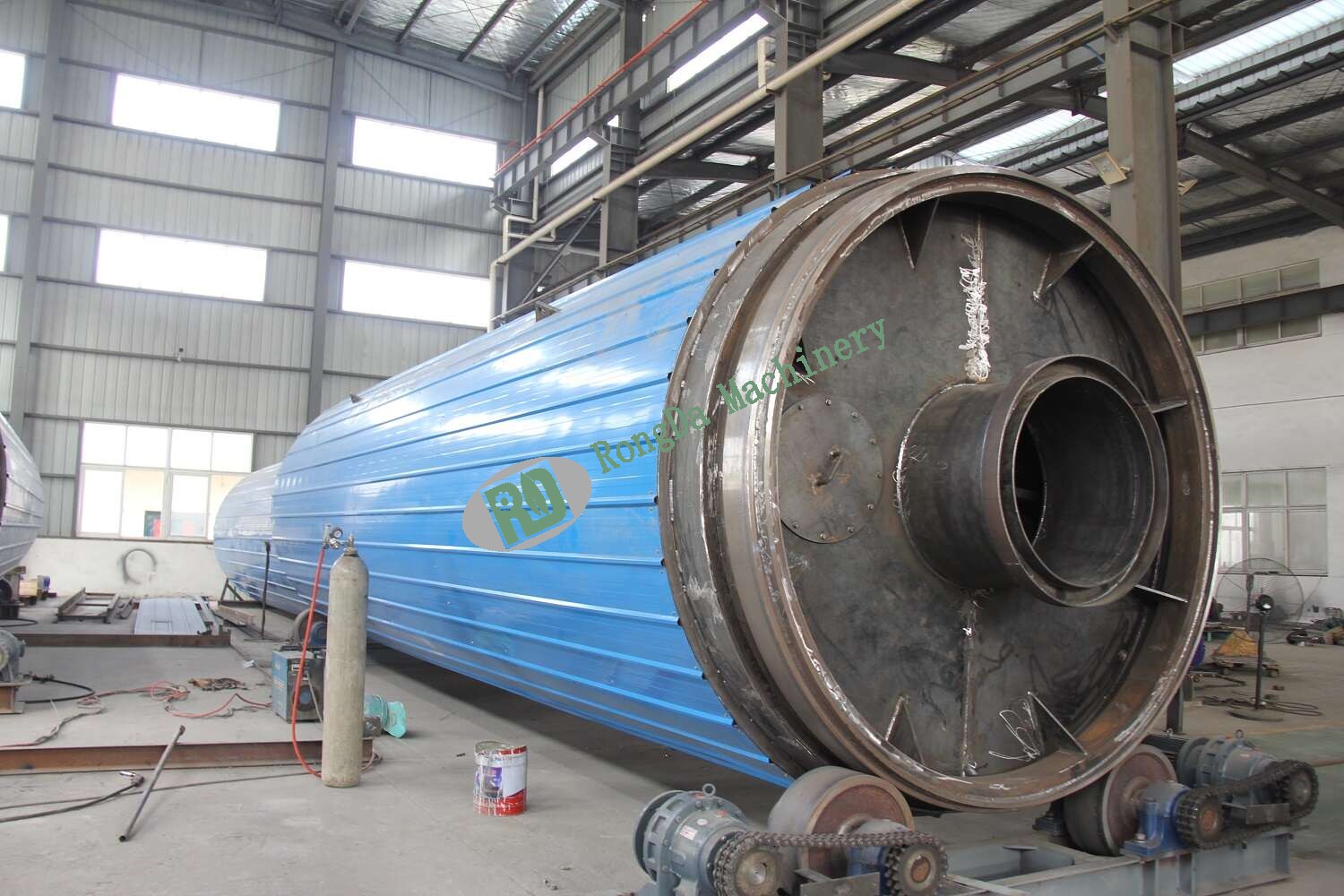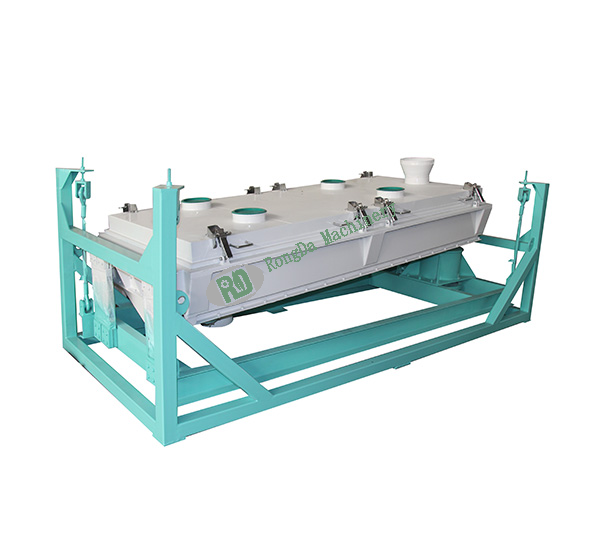Welcome to Rongda Machinery Co., Ltd
Toggle Navigation
What Are Wood Pellets?Wood pellets are small, cylindrical pieces of compressed wood, commonly used in various applications such as energy production, agriculture, and ornamental purposes. The basic material for wood pellets includes different types of wood such as pine, cedar, and poplar, which provide different characteristics in the finished product.
Wood pellets serve as an efficient and environmentally friendly fuel source in heating systems such as stoves and boilers. In agriculture, they are used to enhance soil health by providing organic matter, while in industrial sectors, they can serve as a renewable resource in energy recovery.

Wood pellet production plays a critical role in the promotion of sustainable energy. The process is crucial for providing renewable alternatives to traditional energy sources. By replacing coal and other fossil fuels with wood pellets, there is a significant reduction in carbon emissions, helping mitigate climate change.
Manufacturing wood pellets is not only vital for energy purposes but also contributes significantly to the wood processing industry. It helps reduce waste from sawmills and timber production by utilizing by-products and leftover materials, turning them into valuable, sustainable products.

The manufacturing process of wood pellets can be broken down into several key stages, from raw material preparation to final packaging. Here’s an overview:
Harvesting and Preparation
Raw materials, typically wood chips and sawdust, are collected from various forestry and timber processing operations. These materials are then sorted and cleaned to remove impurities such as bark, leaves, or other non-wood elements.
Pelletizing Process
Once pre-processed, the wood materials undergo compaction using specialized machinery. Through a combination of high pressure and temperature, the raw wood particles are compressed into small cylindrical shapes, turning them into pellets. This process requires precise control over factors such as moisture content, temperature, and pressure.
Quality Control
Ensuring consistent quality is essential in the production of wood pellets. Standardized testing and inspection processes are followed to meet stringent regulatory and environmental standards.
Post-Manufacturing
After pellets are formed and quality-checked, they are packaged for distribution. Packaging is typically done in bulk bags or smaller retail packages, depending on the intended use.

Wood pellet plants have a direct impact on the global wood market. As demand for renewable energy sources grows, the wood pellet manufacturing industry continues to expand, driving economic growth, particularly in rural areas where wood processing operations are based. This growth contributes to creating new jobs and supporting local economies.
Moreover, wood pellet plants help stabilize the global timber market by offering a steady outlet for wood waste and by-products. As environmental regulations become stricter, the demand for sustainable and eco-friendly manufacturing processes is also expected to increase.

Raw Material Availability
The availability and cost of raw materials remain a challenge. Fluctuating prices for timber and transportation issues can impact the overall cost-effectiveness of production.
Energy Consumption
The production of wood pellets requires significant energy input, primarily in the form of electricity for machinery and heat during the pelletizing process. As energy costs rise, manufacturers are looking for ways to improve energy efficiency and reduce operational costs.
Environmental Concerns
While wood pellets are seen as a more environmentally friendly alternative to fossil fuels, the manufacturing process itself can still generate waste, consume water, and produce carbon emissions. The industry is exploring ways to mitigate these impacts through improved processes and greener technologies.
Labor and Workforce Considerations
The need for skilled labor in the wood pellet manufacturing sector is essential. Training programs and employment opportunities are often linked to the local economy, as these plants are typically based in rural or forested regions.

Technological Advancements
Automation and robotics are becoming increasingly common in wood pellet plants to enhance efficiency and reduce operational costs. The use of artificial intelligence (AI) and data analytics for process optimization is also on the rise.
Sustainability in Manufacturing
The focus on sustainable practices in wood pellet manufacturing is growing. Many plants are incorporating renewable energy sources such as solar and wind into their operations, and circular economy principles are being implemented to minimize waste.
Market Expansion
The wood pellet market is projected to expand, particularly in emerging markets where the demand for renewable energy is rising. Partnerships and global collaborations are helping drive this expansion, promoting both innovation and sustainability.
Contribution to a Circular Economy
Wood pellets fit into a broader circular economy by reusing wood waste and biomass, ensuring that no part of the wood goes unused. This contributes to environmental sustainability by reducing waste and promoting resource efficiency.
Recap of Key Points
Wood pellet manufacturing plays a pivotal role in sustainable energy production, providing renewable fuel alternatives and contributing to reduced carbon emissions. Despite challenges like raw material availability, high energy consumption, and environmental impact, the industry is adapting through technological innovations and sustainable practices.
Final Thoughts
Wood pellet plants are an essential component of the modern energy and wood processing sectors. As the global demand for sustainable energy solutions grows, the role of these plants in reducing environmental impact and supporting the circular economy becomes even more significant. The future holds exciting opportunities for growth, innovation, and environmental stewardship within the wood pellet manufacturing industry.
What are wood pellets, and why are they used?
Wood pellets are compacted forms of wood that are commonly used as a renewable energy source. They provide a low-carbon alternative to fossil fuels and can be used in heating systems, as soil amendments, or in industrial applications.
How does the manufacturing process of wood pellets work?
The process involves harvesting raw wood, cleaning and preparing it, followed by the pelletizing process, which compacts the material into pellets. Afterward, the pellets undergo quality control before being packaged and distributed.
What are the main applications of wood pellets?
Wood pellets are used primarily for energy production, as well as in agriculture for improving soil health. They are also applied in various industries for energy recovery and as raw materials for different manufacturing processes.
What are the environmental benefits of wood pellet manufacturing?
Wood pellets are a sustainable fuel source that helps reduce reliance on fossil fuels, thereby lowering carbon emissions. The process also utilizes wood waste, minimizing the environmental impact of timber production.
Is wood pellet manufacturing a growing industry?
Yes, the wood pellet manufacturing industry is expanding rapidly, driven by increasing demand for sustainable energy solutions and growing awareness of environmental issues. This sector is projected to continue its growth due to technological advancements and global partnerships.